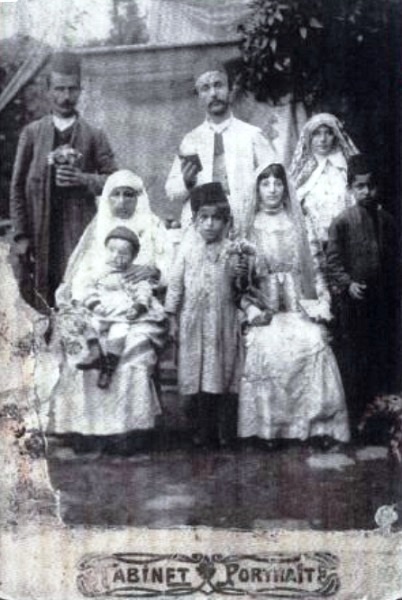
The family of Rabbi Yaqub, a Mazandarani merchant-bartender, 1291
Throughout its history, the city of Babol has been home to many different religions. These communities have lived together in harmony and established social connections.
The First Jewish Migration to Babol
It’s not clear exactly when the Jews first settled in Babol, previously known as “Barforush”, before Islam. Documents from the Qajar era clearly mention a Jewish community in Barforush several times. Other documents show that the first Jew to settle in Barforush was sent there by the order of Shah Abbas Safavid.
As usual, one of the first decisions that Jews made once they migrated to Barforush was to build a synagogue so that they could uphold their religious duties. They also built a mikveh (religious bath), yeshiva (religious school), and cemetery.
Business in Babol
Soon, they began businesses in their neighborhood, which became known as the Johud Neighborhood (i.e., Jewish Quarter). Gradually, the Jewish community grew, and so did their business. Eventually, they emerged as prominent merchants, gaining considerable respect and recognition in the marketplace.
Interfaith Relations in Babol
The success in business provided the Jewish community with the opportunity to connect with Muslims and other religious minorities. The relationship between the Muslim majority in the city and the Jewish minority has been characterized by ups and downs throughout history, particularly during the Qajar era when it faced numerous challenges. According to notes written in the local language by Haji Agha Barforushi — who was the secretary of the Russian business representative to Babol, Mirza Yosef Agnet — the Jewish community endured a difficult livelihood during Naser al-Din Shah’s era.
Naser al-Din Shah’s Era
Incitement against the Jews
The Jews faced bitter events during Naser al-Din Shah Qajar’s rule after the expulsion of Bahais from the city. According to the book, “Practical Mission in Iran” by Jacques de Morgan, a Seyed girl died in the month of Muharram of 1870. “Seyed’s” are people who are believed to be descendants of the Prophet Muhammad (s), and Muharram is the holy month in which the third Shia Imam was martyred, respected greatly by the Muslim majority in Iran who commemorate the event with passionate ceremonies. It was rumored that the Sayed girl was fatally injured by a Jewish man known as Davud Yahudi (i.e., David the Jew).
The first attack
The city fell into an uproar directed at the Jewish community. A group of opportunistic and ill-intentioned people attacked Jewish homes, looted them, beat the Jews, and razed their houses. The event led to the death of 14 Jewish men and women in one day. The crowd then marched toward Daniel Mokhtar’s residence, a prominent member of the Jewish community. After much torture, they wrapped him in a carpet, poured oil on it, and set it on fire.
The second attack
The Jewish community saw no other option but to seek protection in Muslim homes and pretend to convert to Islam to save themselves. However, once Muharram was over, they re-opened their synagogues and continued their religious practices as usual. This led to another uproar in the city. The government was heavily influenced by the views of such fanatical individuals and did little to address the issue.
Government intervention
The Jewish community lived in great fear for over eight months. Eventually, following the intervention of British and French ambassadors who pressured the central government to address the chaotic situation in Babol, the government took action. Considering the Qajar court’s policies of rapprochement with European countries, their promises to protect religious minorities, the benefits of British and French aid, and the need to maintain the reputation of Barforush as a commercial hub between Iran and Russia, it was necessary to ensure the city’s complete security.
Ayatollah Barforushi’s intervention
The city of Babol revered a great scholar named Ayatollah al-Uzma Sheikh Muhammad Hasan Barforushi, known as “Sheikh Kabir” (i.e., the Great Sheikh). At the time of the massacre, Sheikh Kabir was on a pilgrimage to Iraq. Upon returning to his hometown and learning about the unfortunate events that had occurred to the Jews, he took action to educate the people of Barforush about improving relations with the Jewish minority.
The efforts of this religious figure had significant positive impacts on eliminating inhumane behavior toward the Jews of Barforush. Sheikh Kabir constantly emphasized that Jews also have a Divine book and that persecuting them is against our religious and human teachings.
Through his support and advocacy for the Jews of Barforush, he succeeded in moderating the previously hostile attitudes of the people toward the city’s Jewish community. As a result, the Jews of Barforush held him in high respect.
In April 1927, Sheikh Kabir passed away. The city was draped in black in mourning, and a rare scene at his funeral was the participation of grateful Jews who shed tears for this prominent Islamic scholar.
The tomb of the esteemed Sheikh Kabir is located next to the Mohadesin Mosque. For many years, people of various religious minorities have visited his mausoleum to honor his memory.
Shamshirgar, the Jewish Quarter
Underground channels
One distinctive feature of the Jewish Quarter is the underground tunnels or channels that connected their homes. These remnants still exist today and were originally designed to facilitate communication and provide protection when the Jewish community was at risk of danger or assault.
This architectural style first appeared in Isfahan during the Safavid era amid rising anti-Semitism. Later, many Jewish neighborhoods in other cities adopted this design to enhance security by building similar channels under their homes.
Jewish remains in Babol
In the early 1960s, the construction of the Shah Highway to Babol happened to cross land belonging to the Jewish cemetery, dividing the cemetery into two parts. The municipality took over one part and eventually built shops and commercial buildings on it. The Jewish community built a wall around the remaining part to preserve it and sold the adjacent unused land.
Today, the only remaining trace of the Jews of Babol is this abandoned cemetery.
Taken from the notes of Vaera Naderi and Javad Bijani.
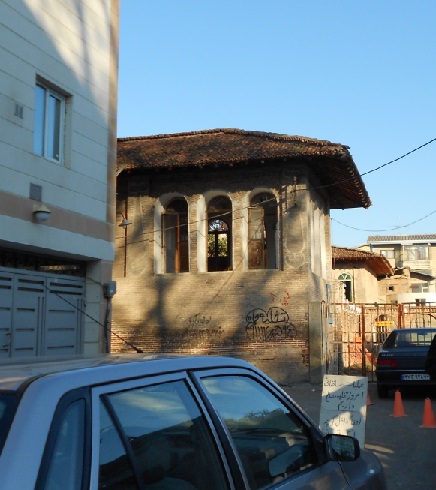
Old Jewish neighborhood in Babol, 2016.
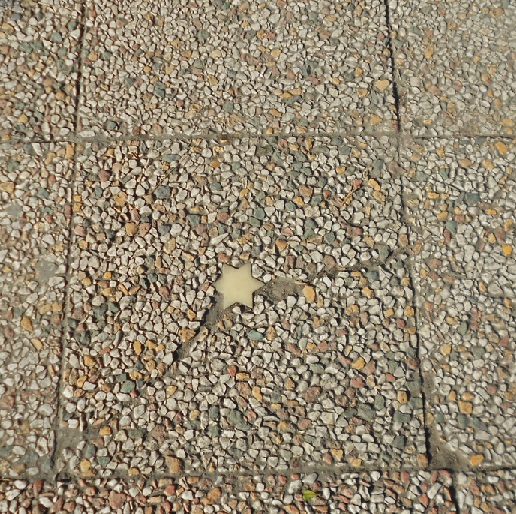
A Star of David embedded on the sidewalk of neighboring neighborhoods, a relic from Jewish presence, 2016
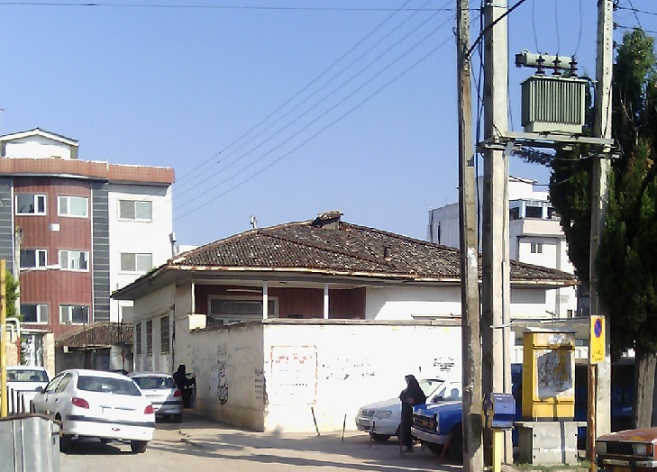
Old Jewish neighborhood in Babol, 2016.
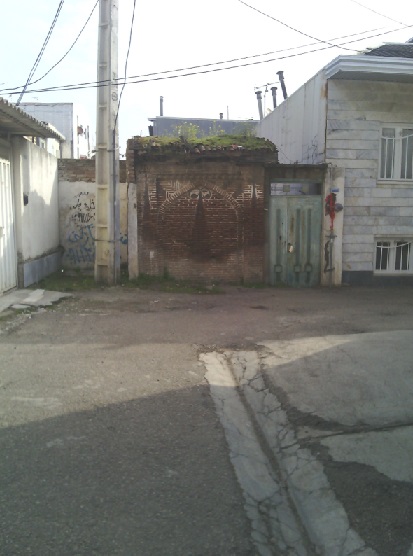
Old Jewish neighborhood in Babol, 2016.
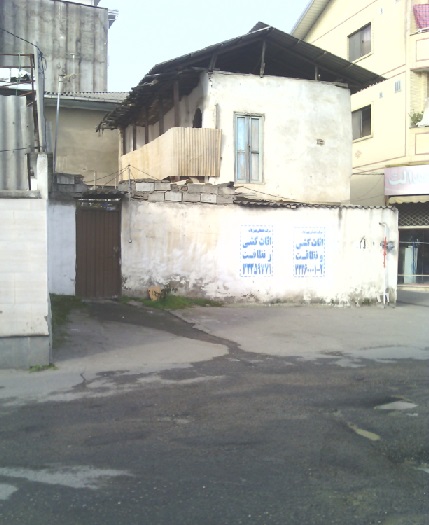
Old Jewish neighborhood in Babol, 2016.
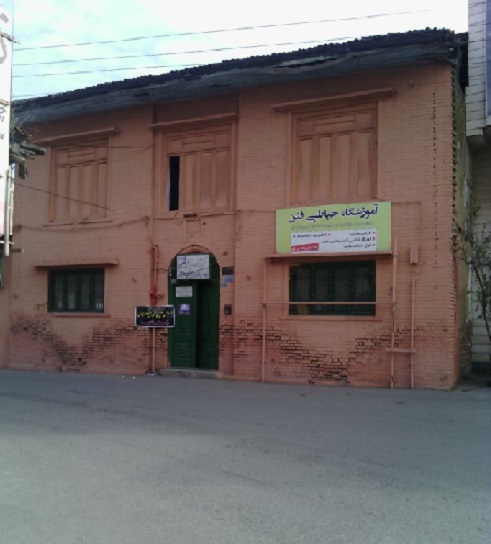
Old Jewish neighborhood in Babol, 2016.
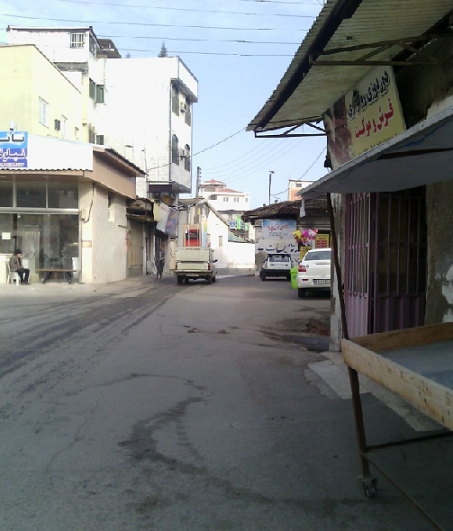
Old Jewish neighborhood in Babol, 2016.
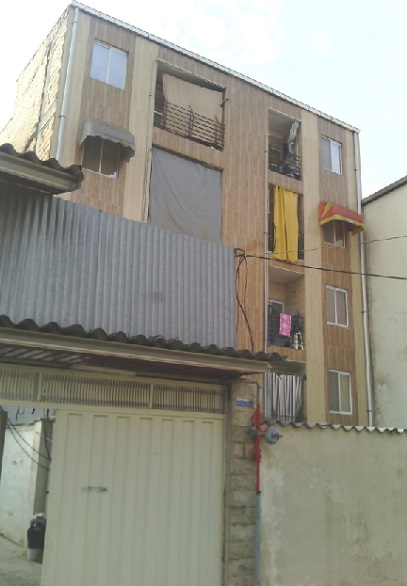
Old Jewish neighborhood in Babol, 2016.
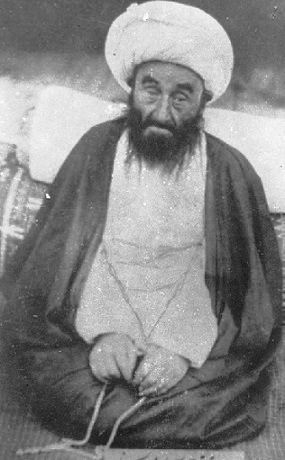
The esteemed Sheikh Kabir, a religious leader of Barforush (present-day Babol), who gave full support to the Jewish community during Naser al-Din Shah’s era


 فارسی
فارسی